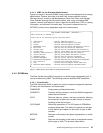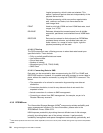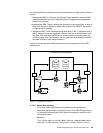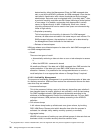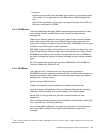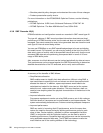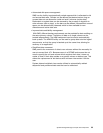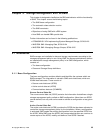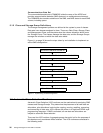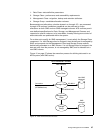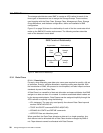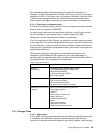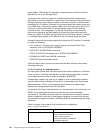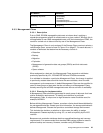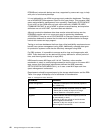
© Copyright IBM Corp. 1999 35
Chapter 5. Storage Management with DFSMS
This chapter is designed to familiarize the DB2 administrator with the functionality
of SMS. This chapter covers the following topics:
• The SMS base configuration
• The automatic class selection routine
• The SMS constructs
• Objectives of using SMS with a DB2 system
• How SMS can handle DB2 special data
Further information can be found in the following publications:
• DFSMS/MVS V1R4 Implementing System-Managed Storage, SC26-3123
• MVS/ESA SML: Managing Data, SC26-3124
• MVS/ESA SML: Managing Storage Groups, SC26-3125
5.1 Introduction
SMS manages an installation’s data and storage requirements according to the
storage management policy in use. Using ISMF, the storage administrator defines
an installation’s storage management policy in an SMS configuration, which
consists of:
• The base configuration
• Class and Storage Group definitions
5.1.1 Base Configuration
The base configuration contains defaults and identifies the systems which are
SMS managed. The information is stored in SMS control data sets, which are
VSAM linear data sets. These consist of:
• Source control data set (SCDS)
• Active control data set (ACDS)
• Communications data set (COMMDS)
Source Control Data Set
The source control data set (SCDS) contains the information that defines a single
storage management policy, called an SMS configuration. More than one SCDS
can be defined, but only one can be used to activate a configuration at any given
time.
Active Control Data Set
The active control data set (ACDS) contains the SCDS that has been activated to
control the storage management policy for the installation. When a configuration
is activated, SMS copies the existing configuration from the specified SCDS into
the ACDS. While SMS uses the ACDS, the storage administrator can continue to
create copies of the ACDS, modify, and define a new SCDS if desired.



